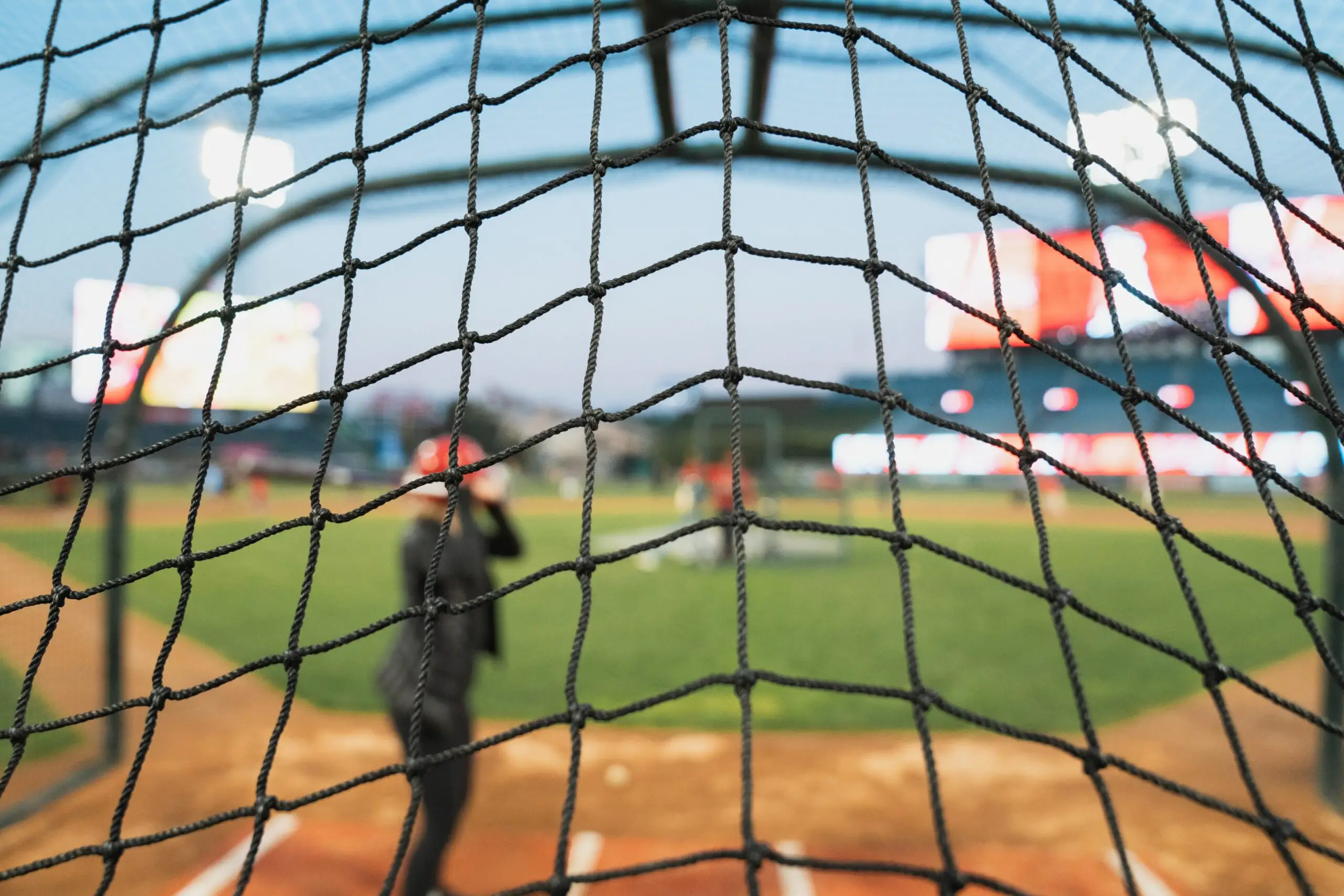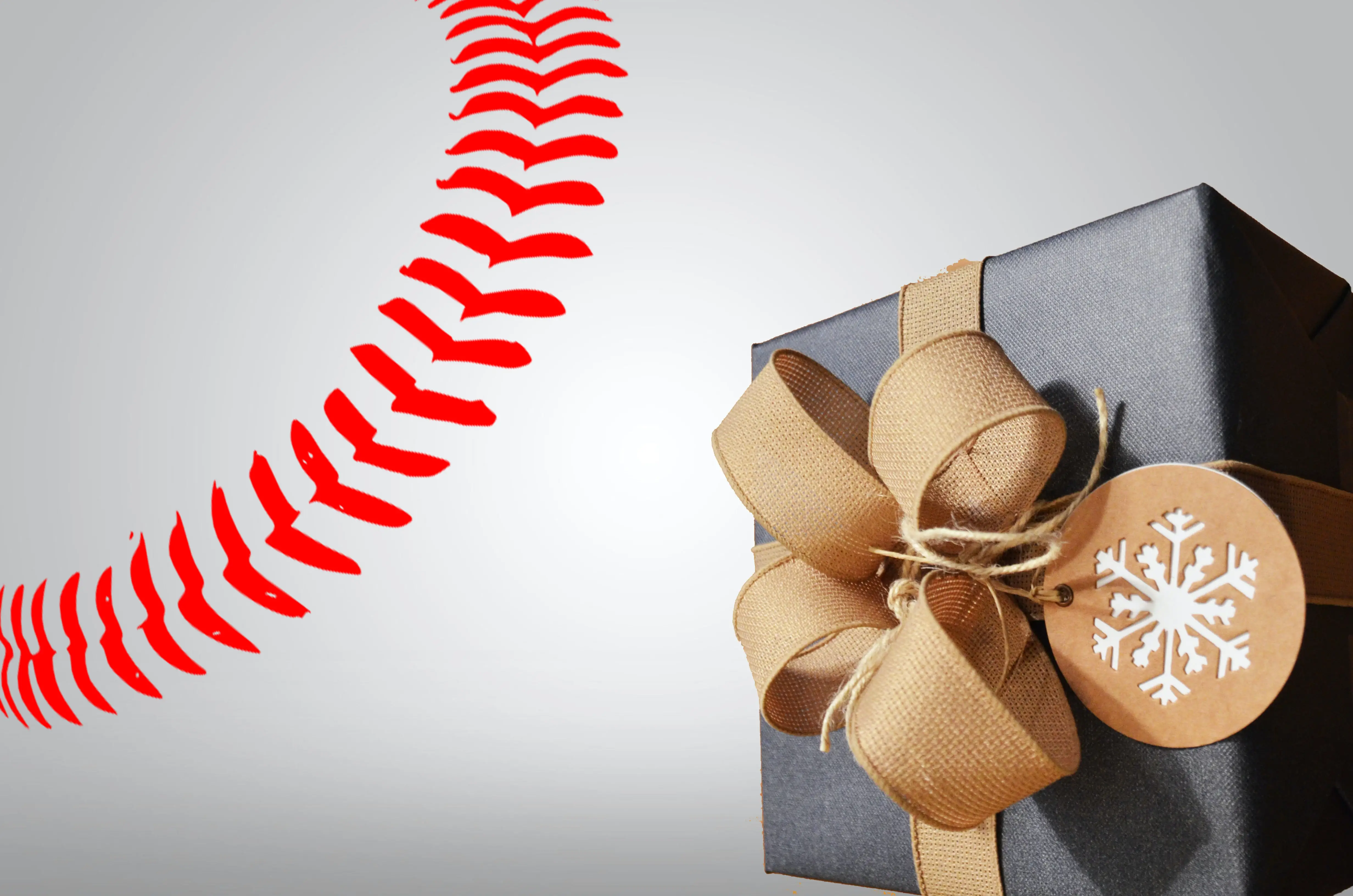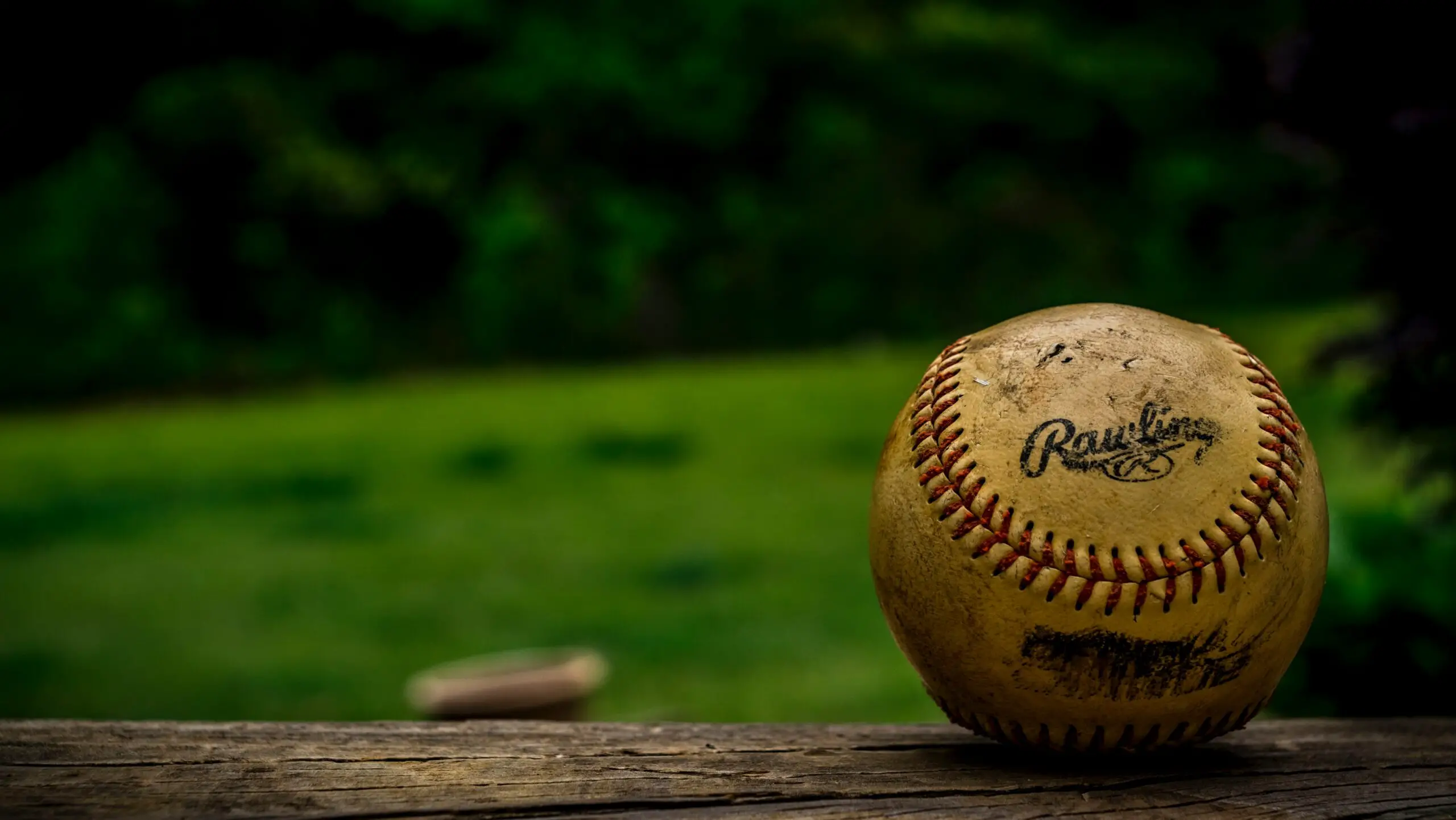There are a lot of devastating pitches in baseball. The changeup, the knuckleball, the fastball, the slider, and the dreaded curveball. Hitting a curveball is quite a feat, so it’s no surprise that pitchers want to add one to their arsenal of pitches. It can take years of practice and development until a pitcher’s curveball looks anything like some of the greats, specifically Sandy Koufax and Clayton Kershaw. In this article, we will share with you some tricks and tips for throwing a nasty curveball.
What Is a Curveball?
There are many variations of the curveball, though it is most commonly known as a 12 to 6 pitch. Why? Because the ball travels from the 12 o’clock position on the clock to the 6 o’clock position on a clock in rapid succession. But, depending on how the ball is held and thrown, the ball can curve in different directions including left or right.
It is a breaking pitch that has a lot of movement right at home plate, making it a very difficult pitch to hit. It is also a slow-moving pitch when compared to a fastball. A curveball will average 10 to 15 mph slower than the average fastball.
With a typical fastball pitch, the pitch is thrown with backspin. This creates lift that keeps the fastball headed straight toward home plate. A curveball is thrown with topspin. The topspin has the opposite effect and creates a drop effect that often happens right as the ball crosses over home plate.
At first, the curveball will look like it is heading straight toward home plate but at the last moment, the pitch will curve. A filthy curveball only requires an inch or two of movement to throw the hitter completely off their target. The slower speed of a curveball makes them harder to track. Hitters must wait on the pitch in order to see which direction it will curve and by then, it’s usually too late. A batter will usually end up swinging right over the curveball more often than not resulting in a strikeout.
The Science Behind a Curveball
The release of the curveball is different than a fastball. As the ball releases, the pitcher needs to snap the wrist in order to create the desired topspin. Most pitchers will snap their wrist downward at release. If done correctly, the back of the pitcher’s hand will face the hitter at the end of the throwing motion.
The wrist snap, along with the grip, are the secrets to throwing a nasty curveball. The grip helps put the seams in the correct location for air resistance. When the ball is traveling through the air, the air underneath will be moving faster than the air on top. The natural friction of the air on the seams adds pressure to the top of the ball. This creates greater pressure on top of the ball which results in the drop.
Curveball Grip
A curveball primarily relies on two things: grip and air resistance. First thing’s first, the pitcher needs to know how to grip the baseball.
Most pitchers will hold the ball with their index and middle fingers together and placed on or near the seam. The thumb is usually settled directly underneath the index and middle fingers. With a curveball, every finger is strategically placed to create maximum force on the ball.
The two fingers placed together will give the pitcher maximum pressure when releasing. The extra pressure creates the spin needed for the curveball when it is released. Having the fingers placed on the seam also allow for more leverage. The greater the spin, the more movement the curveball will have.
The baseball should stay tucked into the hand, meaning there is less space between the palm and the ball. This offers greater control of the ball.
The ring finger will be bent, and its knuckle should rest on the side of the ball. The ring finger gives the ball stability in this grip. With the ball tucked into the hand, you should be able to apply a decent amount of pressure on the baseball with the top two fingers and the thumb.
How to Throw a Curveball
The release of a curveball pitch is different than that of a fastball. Pitchers will need to master the wrist snap that is required to make a nasty curveball. At release, the pitcher needs to pull down on the ball with the middle finger. This can also be visualized as turning a doorknob but with force, just as the ball is released. It should feel as though the ball is being thrown from the palm of your hand.
The baseball should appear as though it is following the same path as your fastball, but it should drop right at the last moment. At the end of the throwing motion, the back of the hand should be facing the batter.
It may take some practice and experimentation with speed and force to get it right. This pitch is one that takes time to develop. A curveball isn’t mastered overnight so keep going until you have a feel for the pitch.
Curveball Instructions
- Get a good grip on the baseball. It should be firmly planted in the palm of the hand with the index and middle fingers together on the top and the thumb on the bottom.
- Wind up for the pitch.
- At release, turn your wrist and apply downward pressure on the ball with the middle finger while rotating the thumb upward.
- Follow through the pitch.
How to Master the Curveball
Throwing a filthy curveball is no easy feat. Mastering one is something that many pitchers will never do. It can take years before a professional pitcher is comfortable enough with the movement to accurately and effectively deliver a devastating curveball. Here are some pitching tips to help you master the curveball.
Professional Analysis
Analyzing and tracking your curveball will give you tremendous insight into where your pitch is being thrown and how it could be improved. There are a lot of analysis tools available including video and advanced metrics. If none of the options are within budget, a pitching coach can also help.
Try out a Different Grip
Depending on your dominant hand, the size of your hands, and the spacing of your fingers, the regular curveball grip may not be the best fit. Never fear, there are a lot of variations available when it comes to curveball grip. You may find that a different grip is more suited to your body or pitching style. This can be as simple as shifting the finger slightly on the seam or try tucking the index finger so that the tip rests on the ball. Some pitchers have even mastered throwing a curveball with their index finger completely off the ball or while resting the ring finger on the ball. Find the grip that works for you and stick to it.
Experiment with Different Speeds
The velocity at which the ball is thrown can greatly affect the drop. Most curveballs will do the majority of their descent in the last few moments of their trip. The path of a curveball is incredibly hard to track, that’s why they’re so devastating.
When thrown at a slower speed, a batter needs to swing before the ball has shown how much curve it will have. The faster the ball is spinning, the more curve it will have, it is not uncommon to see a curveball nosedive right into the dirt.
Practice the curveball pitch with different speeds and different amounts of force applied. The baseball will travel with a different trajectory each time.
Always Follow Through
One mistake that a lot of pitchers make when learning a curveball pitch is not following through. Pitchers will slow their arms down to get the right snap but then let off the gas. A curveball is much harder to control than a fastball which is why you see pitchers easing up. Don’t be afraid of bouncing the ball. A curveball should be thrown with force and the pitch needs proper follow-through.
Adjust Your Focal Point
A curveball doesn’t travel straight into the catcher’s mitt so don’t aim there. A normal curveball can break anywhere from 2 to 17 inches. If you want your pitch to land in the zone, make sure that you adjust your focus point to account for the drop. A ball that drops 8 inches requires a target 8 inches above the catcher’s glove. Try aiming for the top of the pitcher’s mask instead of the glove.
Conclusion
There is no doubt that a great curveball is one pitch that should be in every pitcher’s arsenal. There are a lot of different options when it comes to throwing one. Play around with different styles and techniques until you find one that suits you. A truly filthy curveball is one that is unique to you and your play style.



